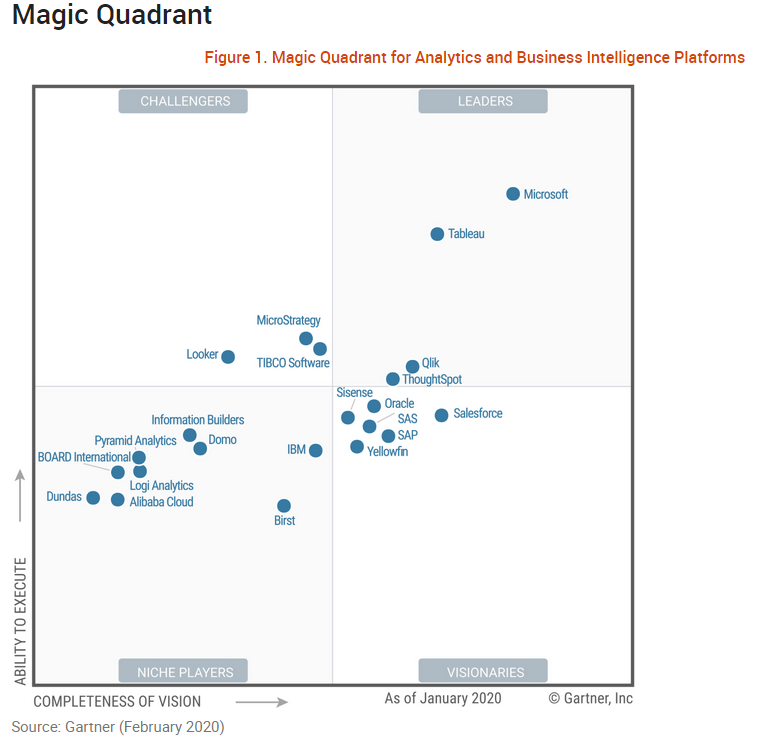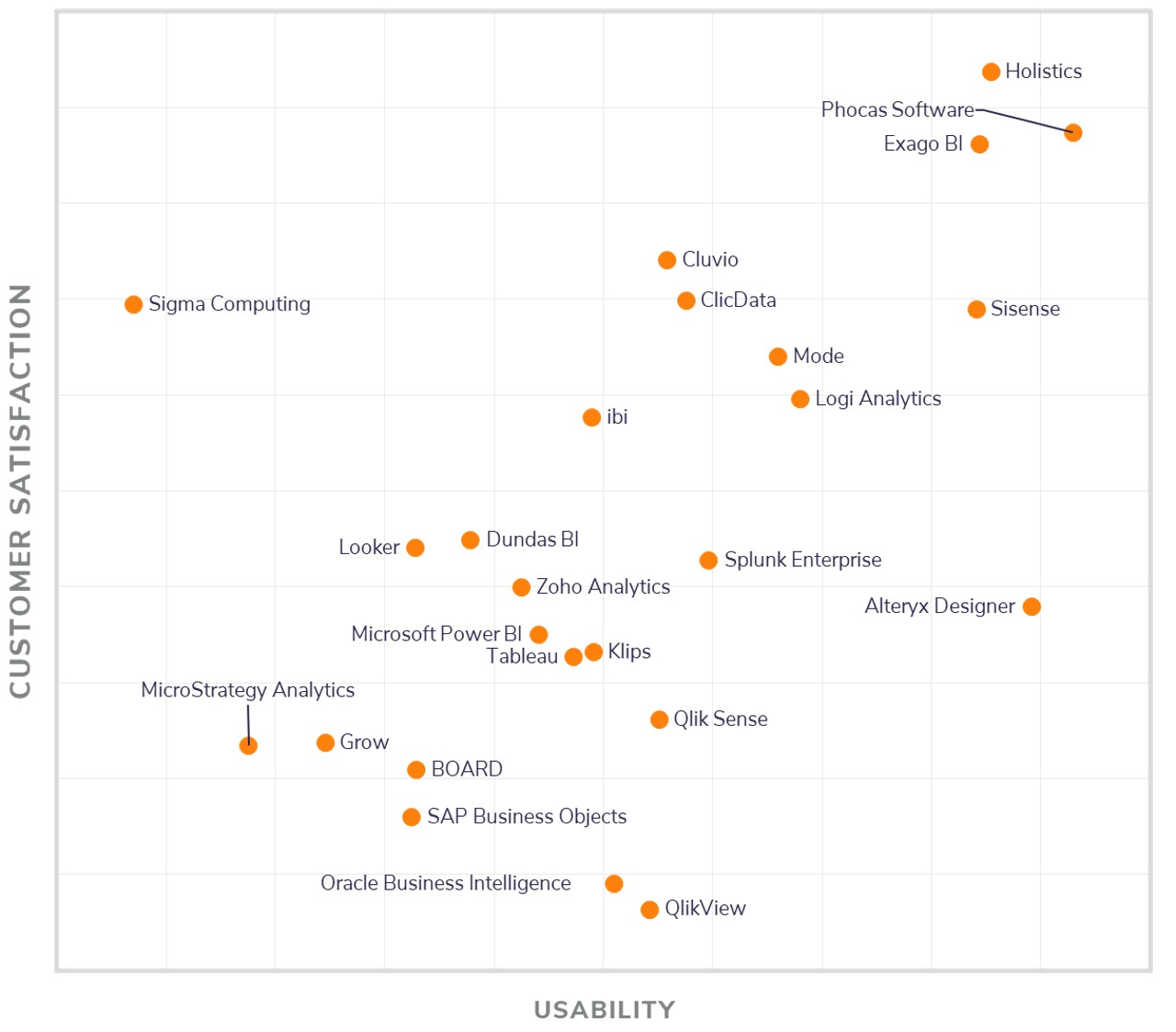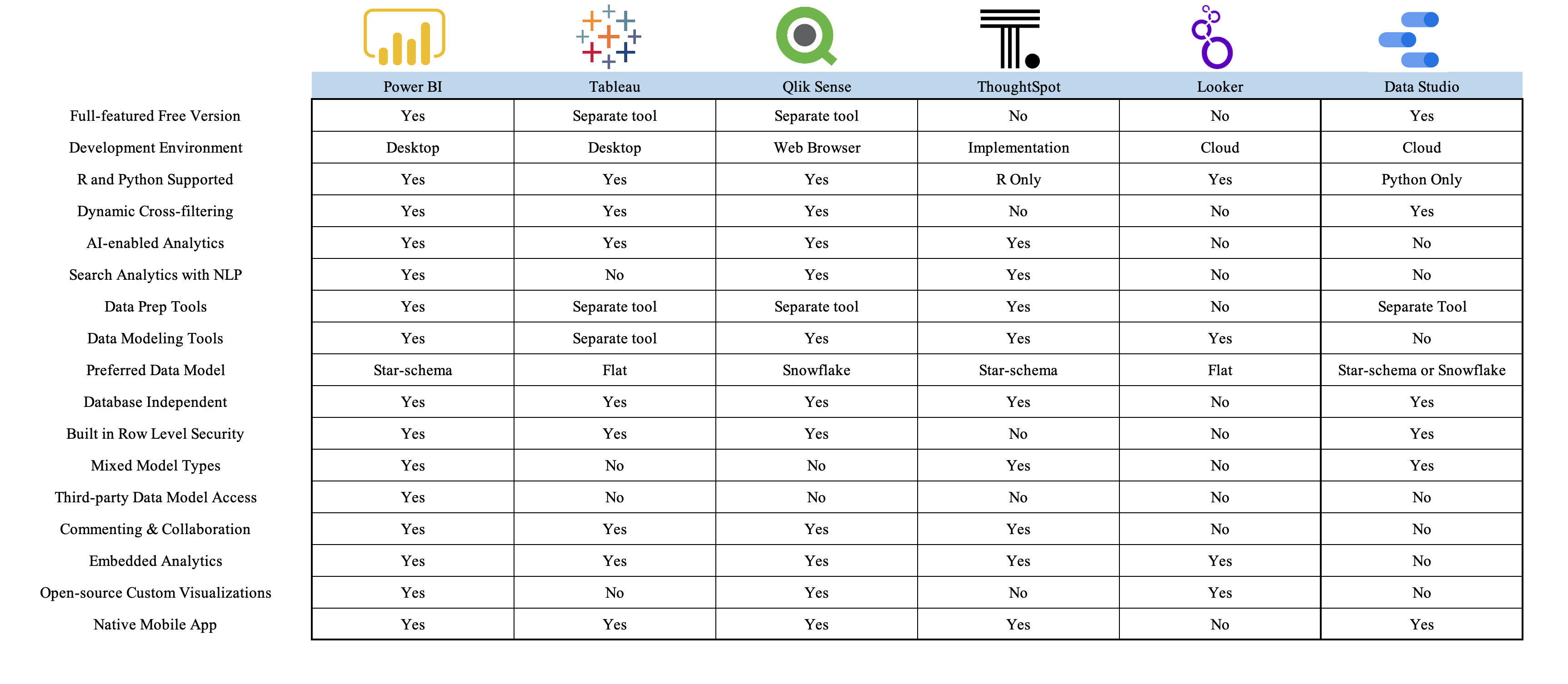
Definition Īccording to Solomon Negash and Paul Gray, business intelligence (BI) can be defined as systems that combine: In this respect it has also been criticized as a marketing buzzword in the context of the " big data" surge.

Ĭritics see BI merely as an evolution of business reporting together with the advent of increasingly powerful and easy-to-use data analysis tools. In 1989, Howard Dresner (later a Gartner analyst) proposed business intelligence as an umbrella term to describe "concepts and methods to improve business decision making by using fact-based support systems." It was not until the late 1990s that this usage was widespread. When Hans Peter Luhn, a researcher at IBM, used the term business intelligence in an article published in 1958, he employed the Webster's Dictionary definition of intelligence: "the ability to apprehend the interrelationships of presented facts in such a way as to guide action towards a desired goal." The ability to collect and react accordingly based on the information retrieved, Devens says, is central to business intelligence. A data warehouse contains a copy of analytical data that facilitate decision support. īI applications use data gathered from a data warehouse (DW) or from a data mart, and the concepts of BI and DW combine as "BI/DW"

Īmong myriad uses, business intelligence tools empower organizations to gain insight into new markets, to assess demand and suitability of products and services for different market segments, and to gauge the impact of marketing efforts. When combined, external and internal data can provide a complete picture which, in effect, creates an "intelligence" that cannot be derived from any singular set of data. In all cases, BI is most effective when it combines data derived from the market in which a company operates (external data) with data from company sources internal to the business such as financial and operations data (internal data). Strategic business decisions involve priorities, goals, and directions at the broadest level.

Basic operating decisions include product positioning or pricing. īusiness intelligence can be used by enterprises to support a wide range of business decisions ranging from operational to strategic.

Identifying new opportunities and implementing an effective strategy based on insights can provide businesses with a competitive market advantage and long-term stability. They aim to allow for the easy interpretation of these big data. Common functions of business intelligence technologies include reporting, online analytical processing, analytics, dashboard development, data mining, process mining, complex event processing, business performance management, benchmarking, text mining, predictive analytics, and prescriptive analytics.īI technologies can handle large amounts of structured and sometimes unstructured data to help identify, develop, and otherwise create new strategic business opportunities. Business intelligence ( BI) comprises the strategies and technologies used by enterprises for the data analysis and management of business information.


 0 kommentar(er)
0 kommentar(er)
